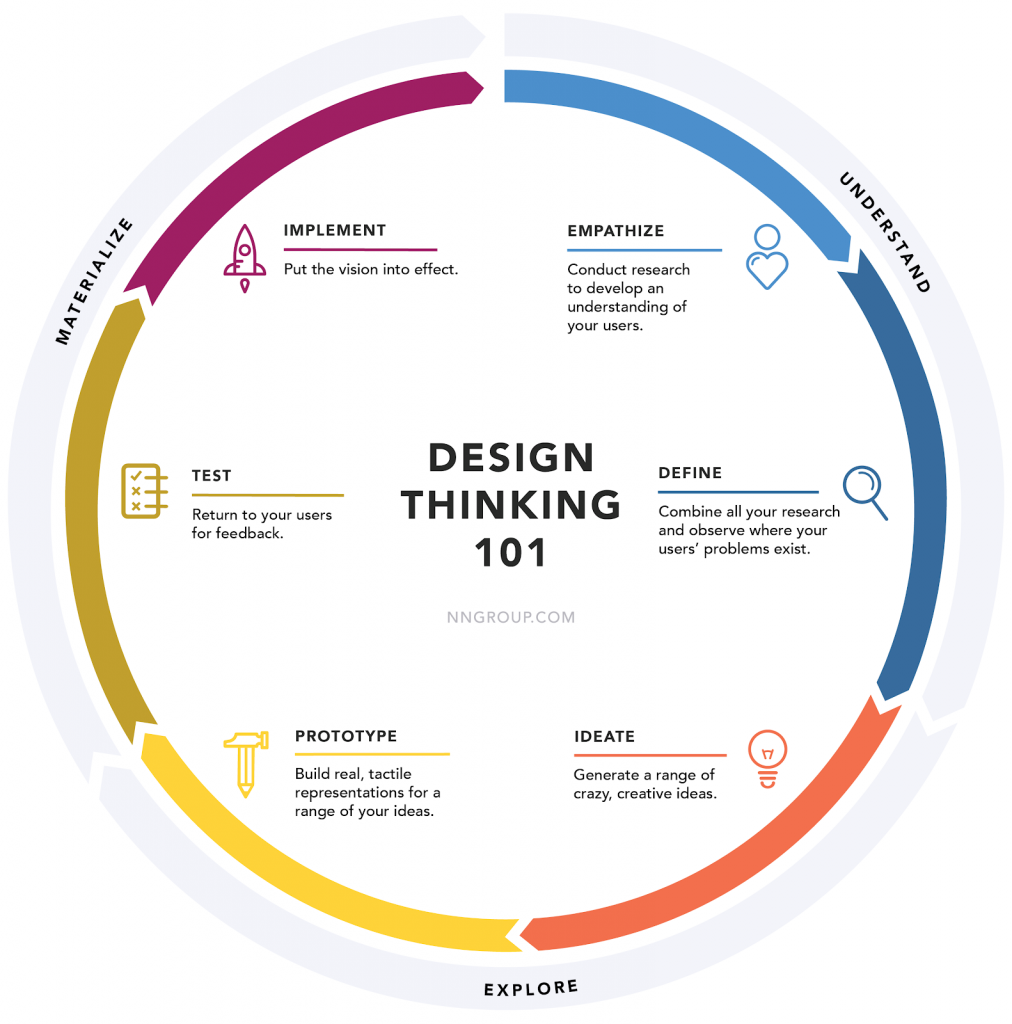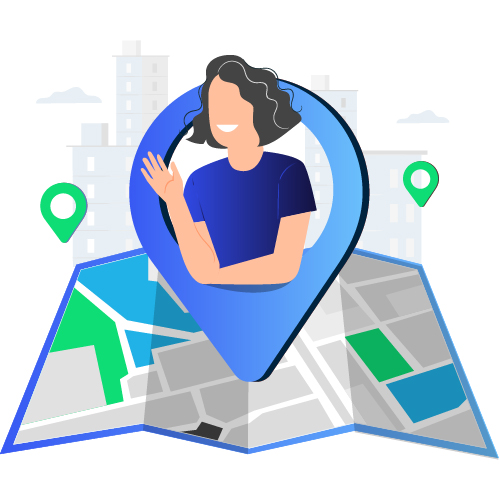Here in New Zealand our Digital Technologies curriculum has only existed for a few years and has only been expected to be taught in schools since the beginning of 2020.
Our trainers are asked frequently if we have a curriculum map linking Digital Technologies to other curriculum areas, across age groups and levels. The answer is yes, but not for you!
At UTB we believe that something like a curriculum map needs to be strongly aligned with school-wide strategy, values, community and more. There is no one size fits all. In order to create a meaningful, useful, relevant map that serves your learners many things must be considered.

In this blog:
1 Understanding Curriculum Mapping
2 Exploring Your Curriculum Possibilities
2 Your Map Materialised
Understanding Curriculum Mapping
Empathise + Define
- What is the point in creating this map? Who is it for? What is the intention for it? What impact do you want it to have?
Take time to consider this with all of your stakeholders. Even what you are going to name this document will have an impact on how your educators, students and community view and apply it.
A curriculum map could be considered a plan to get you from Point A to Point B. You map out where you want to go before you start the journey but at times may deviate from the planned route.
Progressions within the map could be considered places of interest with roads to take to get there.
Expert classroom practitioners will use the map as a starting point but be flexible in how they get to each point of interest (progression). A trip is no fun if you can’t be spontaneous, rely on your own experience and wisdom to get creative! A detour to a point of interest may provide a better depth of knowledge in one area, while other areas may be focused on less, or not at all, to compensate. The road itself will vary for each educator as they call on their passions and creativity to forge the way. Places can always be revisited but the educator, as navigator has a clear understanding of key places that can’t be missed along the way!
What is your starting point? It’s always good to know where you are starting from!
What is already taking place in classrooms? This isn’t the time for heads in the sand or laying blame on slow starters. It’s time for a reality check.
Take some time to discuss and explore..
• What is the current expectation of Digital Technology across the school?
• What is happening in classrooms/departments/teams now? Don’t just ask your staff but as your learners too!
• Is there a gap between the first two points? If so, what are the barriers to this happening? Resourcing? Teacher confidence and competence? Time?
• If there is no gap – why is this? What is happening that has meant that this is being achieved? Are the expectations too low?
The Destination – Where You Want to Go
2020 has certainly taught us that predicting the future is about as certain as winning the lottery. What we do know is that change can happen incredibly quickly and so can the skills that are most needed. The speed in which the technology industry has adapted, grown and changed is incredible and actually pretty hard to comprehend.
Consider 5 years from now. Where would you like your starting point to be then? Perhaps that’s a great destination to set to begin your journey. Your plan and vision for even the next year will change so broad thinking is appropriate here.
Here are some vital points to consider when planning your journey:
Your Students
What’s important to them? What do they feel is vital to their learning? Where do they see their destination? What do they actually already know? What does a student graduating from your school look like? What attributes and skills are you striving to help them develop?
Often many of our young people are doing incredibly creative, high level digital technology work outside of school hours. From writing and producing music, to high level coding, app development, eSports, running their own YouTube channels, video creation and so much more, there are some incredibly talented young people out there who shut that all off when they arrive at school.
ASK them! Survey them! Get their voice!
Your School Vision, Strategy, Values and Policies
Some unravelling may happen here. Many schools we work with get to this stage and realise that their key policies and visions are out of alignment with each other and the information they have gathered from stakeholders. Throwing another one in (curriculum map) at this stage can only add to the confusion. It may be time to stop and review the above if there is conflict. Strip it all back. What really matters?
Your Community
Your staff, parents and the wider community can offer you valuable insight into what’s important and where they see the destination they are heading. If possible consult with as much of the community as you can. What challenges are already being faced? Where is there space for your school to become more involved? Where in your community are digital tech, computational thinking skills needed or already being used?
Map Style
Some schools want to map out for each year group or level, or create their own wording around progressions. Others look to splitting into departments or grades. My advice would be to keep this as simple as you can. The structure may change and take on a different shape during the design thinking process, but discuss possibilities and look at some examples before you begin to explore.
In Curriculum Mapping: A Design Thinking Approach Part II you’ll discover how to develop an exciting, achievable vision for your learners through your curriculum map.
Click here > schedule a call so we can support you to develop your own curriculum map.
Click here > book training
Bibliography
- Collins, J. (n.d.). BHAG. JIM COLLINS. Retrieved 10 2, 2020, from https://www.jimcollins.com/concepts/bhag.html
- Design Thinking Image. (n.d.). Nielson Norman Group. Retrieved 10 2, 2020, from https://www.nngroup.com/articles/design-thinking/

















